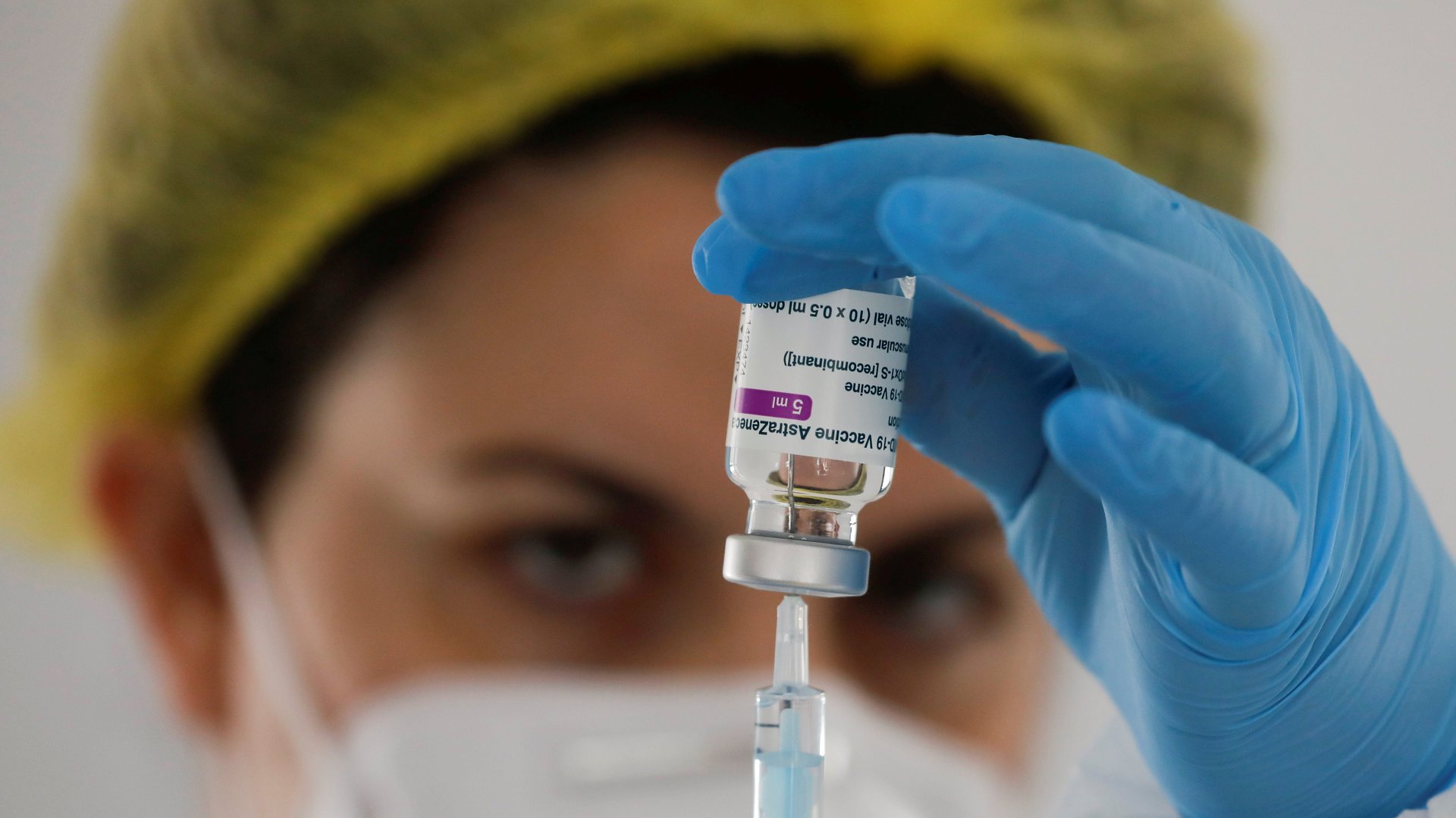AstraZeneca’s data missteps shows that drug regulation actually works
After more than a dozen countries in the EU suspended the use of AstraZeneca’s Covid-19 vaccine over precautionary safety concerns, it finally looked like things were improving for the pharmaceutical company. A secondary review by the European Medicines Agency on March 18 found AstraZeneca’s shots to be safe and effective. And the US Food and Drug Administration (FDA) was set to consider original data from another late-stage clinical trial conducted in the US, Chile, and Peru. If these results were promising, they could potentially deliver a huge win for the Swedish vaccine maker.


After more than a dozen countries in the EU suspended the use of AstraZeneca’s Covid-19 vaccine over precautionary safety concerns, it finally looked like things were improving for the pharmaceutical company. A secondary review by the European Medicines Agency on March 18 found AstraZeneca’s shots to be safe and effective. And the US Food and Drug Administration (FDA) was set to consider original data from another late-stage clinical trial conducted in the US, Chile, and Peru. If these results were promising, they could potentially deliver a huge win for the Swedish vaccine maker.
Unfortunately for AstraZeneca, that’s not what happened.
AstraZeneca submitted interim data to the FDA about its vaccine on Monday (March 22) showing that the inoculation was 79% effective. But just after midnight on Tuesday (March 23) morning local time, an independent data safety monitoring board organized by the US National Institutes of Health flagged a major problem with the data: It appeared that the company had submitted only the data that supported its vaccine, and not the trials most complete data. In a brief statement issued later in the day, AstraZeneca said it would work with the data safety monitoring board to release newer data based on a later statistical analysis later in the week.
The press around AstraZeneca’s conflicting data could damage the vaccine’s credibility among the general public. But actually, this scrutiny from the FDA and its independent advisory boards is exactly the way pharmaceutical regulation is supposed to work. It’s just rarely been so public, as the New York Times pointed out in December.
In normal times, the process of bringing a new vaccine to market takes decades. “What we’re dealing with here is a really truncated timeline where the FDA, because of the declaration of the pandemic, has all these emergency powers,” says Jordan Paradise, a professor of law at Loyola University Chicago who specializes in science and technology. “One of them is the emergency use authorization.”
Regulating in an emergency
Emergency use authorization—which has been the clearance the FDA has granted to hundreds of Covid-19 tests, several treatments, and three vaccines so far—isn’t the same classification as approval. It’s a path toward public use of a product in times of a dire emergency when there are no other suitable treatments available. The Covid-19 pandemic checks both these boxes.
In non-emergency times, the FDA approves a new product after clinical trial data shows the product is safe and effective. Because this can take years or even decades, drug companies can design long, exhaustive studies. During the approval process, the FDA relies on independent data safety monitoring boards and institutional review boards—which can be a research team at universities, hospitals, or other outside experts—to advise if a study design is safe and fair for participants, and can properly evaluate the effects of the drug in question. Sometimes, these boards even weigh in on further research after the approved product reaches the market. These phase four 4 trials examine real-world safety and effectiveness of novel therapies. Depending on what these external boards decide, the agency could go back to the drug company and ask for a revision or additional data before approving the product. Though the FDA could technically ignore the advice these advisory boards provide, it’s exceedingly rare.
In emergencies, though, there’s no time for a lengthy back and forth. To circumvent this, the FDA issued guidance (pdf) for drugmakers on how to structure their trials for products that may need emergency use authorization. This included external monitoring boards to validate the study design and participant safety. “While it’s not legally binding in a technical sense, it is in a practical sense,” says Paradise.
For AstraZeneca’s Covid-19 vaccine, the external data safety monitoring board—in this case 11 experts appointed by the US National Institutes of Health—noted that some of the data that AstraZeneca had presented on Monday were outdated. Details on how the data were outdated are murky because the data safety board’s letter to NIH was vague. “It wasn’t what FDA had set forth in the guidance documents,” Paradise says.
Questions around the kind of data that AstraZeneca submitted don’t necessarily doom the shot. It may be that it was an honest oversight, or that updated data show that the vaccine is still safe and effective. The fact that this panel flagged that discrepancy shows that the system works—even in a time of emergency.